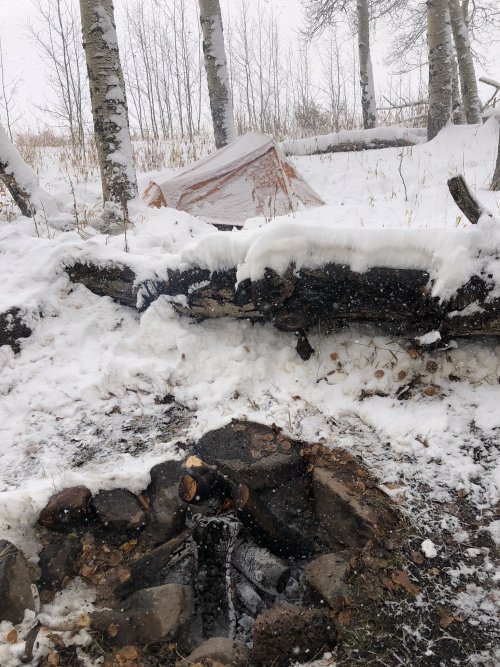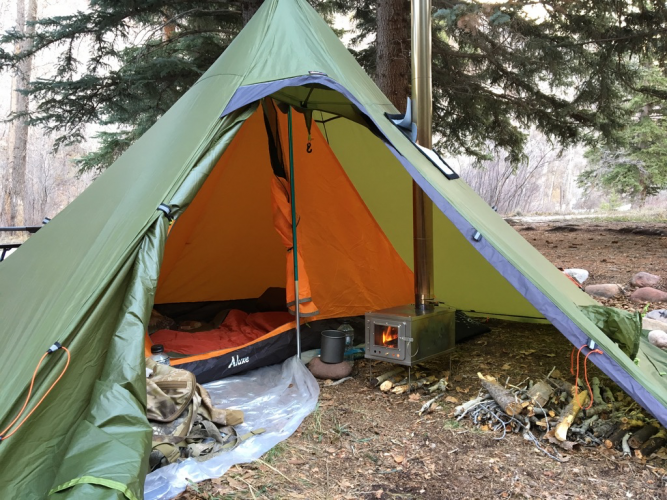matechakeric
Active member
- Joined
- Dec 15, 2020
- Messages
- 451
I am looking for a tent that can be used as a base camp but also for backpacking on multi-day trekks for mid-season (October) elk & deer hunts in WY, ID, & CO.
do I need a 4-seasons rated tent or could a 3 seasons tent with a good sleeping bag (0-15 degrees) and sleeping pad work?
what packing weight range should I focus on? obviously I need enough tent but not weigh down a multi-day backpacking trip
would you recommend a footprint or tarp for flooring?
I've seen shelters where you use trekking poles for support. Would that work for nights potentially dropping to around 0 degrees?
do I need a 4-seasons rated tent or could a 3 seasons tent with a good sleeping bag (0-15 degrees) and sleeping pad work?
what packing weight range should I focus on? obviously I need enough tent but not weigh down a multi-day backpacking trip
would you recommend a footprint or tarp for flooring?
I've seen shelters where you use trekking poles for support. Would that work for nights potentially dropping to around 0 degrees?






